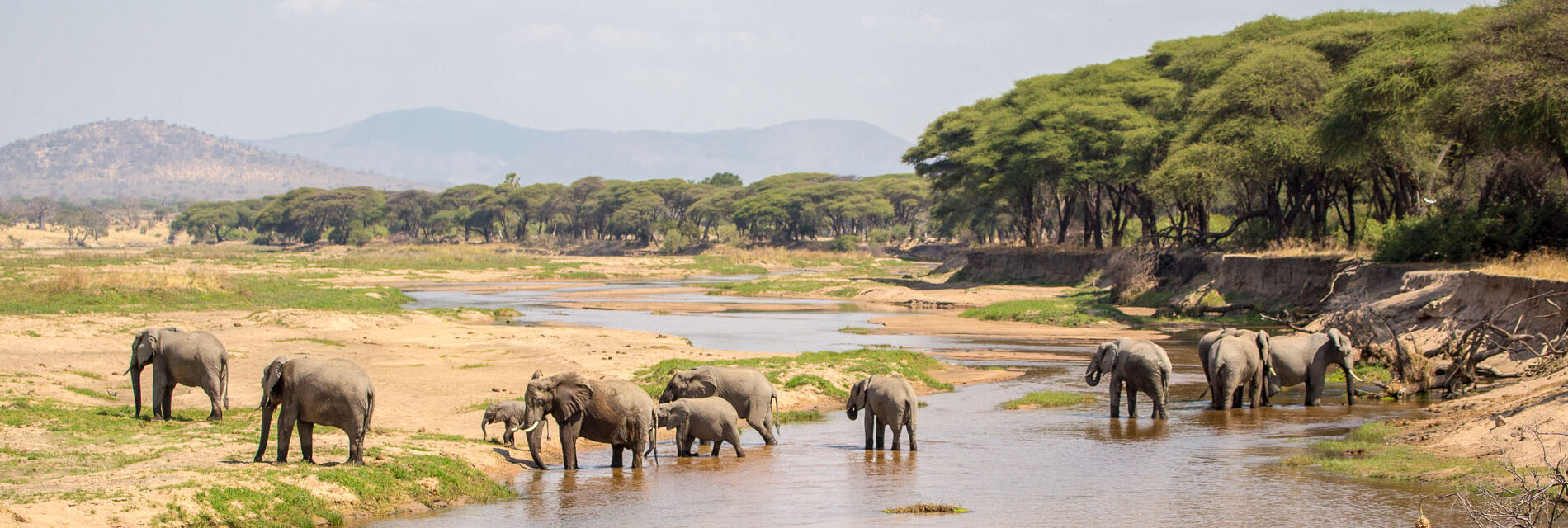
Ruaha National Park
- Home
- Ruaha National Park
Habitat
There is nothing more refreshing to the eye than the band of green that clings to the banks of the Great Ruaha River as it winds its way through the rocky outcrops and mountains that punctuate this huge area of Tanzania. Away from the river, the landscape transforms dramatically from arid scrublands and grassland to lush green leaves and grasses once the rains begin.
Wildlife
Ruaha National Park has a huge diversity of species boasting both the Greater and Lesser Kudu; the striped and spotted hyena as well as Roan and Sable antelope. The lion population is now so large that they have gained film rights for their prowess at hunting Giraffe, which is not their traditional fare. The park’s rugged rocky outcrops are home to a healthy population of leopards and we are privileged to see Hunting Dogs as well as cheetahs, jackals, bat-eared Foxes, genet, and civets. Many elephant herds are seen close to the lodge and throughout the Park.
Best time to visit
The heat is less intense in the Dry season (June to October), though plenty of dust is kicked up as you move around the park. This is also when the resident animals are more often glimpsed, unable to hide in the sun-withered bush. Safaris can get uncomfortably steamy in the wetter months, and some roads may be inaccessible at this time.
Other destinations
Get Help
Our dedicated team of travel experts is here to assist you every step of the way, ensuring a seamless and unforgettable journey.